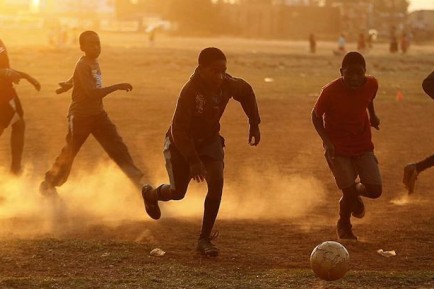“Football is my passion.”
“Football is my dream.”
“Football is my way out.”
“With this round leather, I can go places.”
“Football will change my life.”
Hat on the head, knee-length coat, long ankle boots, spiraling mustache, and a round leather ball. This pretty much sums up the profile of the European missionaries circa 1862 that introduced conventional football to Africa.
Like everything introduced to her, Africa took it and put her spin on it. With so many perspectives to consider, I’ll try to put into context how one might begin to unravel the African style of football. It is at the feet of Mustafa Hadji, excellent, innovative, and agile, the movements of Jay Jay Okocha, the rhythm, dribbles that are so good they named him twice.
You’ll find it in the defiant dance style of Roger Milla, going and moving on its terms, It is in the speed of Perpetua Nkwocha, the beautiful finish of Thembi Kgatlana.
To understand it further, you’ll have to study the attack of Abedi Pele and the counter of Samuel Kuffour. It is the heart-stopping midfield defense of Marc Vivien-Foe, taunting foes to move with him.
It’s in the calculated strides of Finidi George, the fine finishes of Laurent Pokou, the mathematics of Segun Odegbami. solving geometry and acceleration. It is in the dance of Rigobert Song, gently followed by the reach of Joseph-Antoine Bell.
The African style of football is not linear and does not lie solely in its strength.
The African style of football is an infusion and also a representation of her people.



